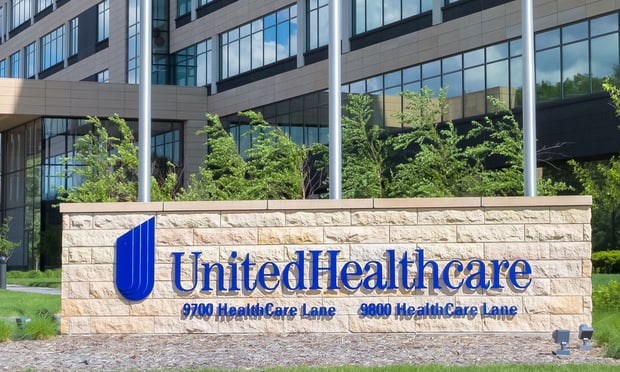Is employer-based health insurance affordable? It depends.
The report found that spending on premiums and out-of-pocket costs can vary widely for American workers. Some company plans cover all premium costs, some don't have high deductibles with their plans. The median cost for premiums is $2,200 annually. But on the high end of the scale, some Americans households spend $8,000 annually on premiums, nearly four times the median. For out-of-pocket costs, the range again is dramatic. "Most households incurred at least some out-of-pocket costs," the report said. "Median spending on out-of-pocket costs over the course of a year was $800, but at the high end, households spent $5,000." In addition, the authors noted, the health status of family members can cause out-of-pocket costs to vary widely from year to year. In looking at data from Current Population Survey, a survey of American households, the Commonwealth Fund researchers estimated that 17.4 million working age adults and children—almost 12 percent of that group overall—had high premiums relative to income. The study defined high spending as 10 percent or more of household income, or 5 percent or more for households below 200 percent of the federal poverty level (about $24,000 for a single person in 2016). For out-of-pocket costs, the study estimated that 10.3 million working-age adults and children—6.8 percent of those in nonelderly households with employer coverage—had high out-of-pocket costs relative to income.
Different states, different amount of spending for consumers
Geographic area seems to make a big difference in how much Americans were paying in premiums and out-of-pocket costs. "The median annual amount households with employer coverage spent on premiums alone varied widely across states, ranging from $500 in Hawaii to nearly seven times that—$3,400—in South Dakota in 2016–2017. In eight states, the median amount spent was $3,000 or more" the report said. The report noted that five of the eight states with the greatest percentage of high premiums relative to income were in the South, and that workers in the South and West were more likely to have higher out-of-pocket costs.
Suggested solutions
The Commonwealth Fund study suggested several policy fixes for the disparity in health care spending among Americans on employer-based plans. One suggestion is to fix the so-called family glitch in the Affordable Care Act (ACA)—which provides some subsidies for individuals on employer-based plans, but not for families. The ACA regulations also have a "minimum value standard" that employers must comply with—adjusting that would provide some relief to enrollees. The ACA's list of services exempt from deductible charges could also be expanded, the report suggests. Or, the government could provide a tax credit for people with employer-based coverage whose out-of-pocket costs reach a certain percentage of their income. "If enacted, these policies could help reduce the health care cost burdens of millions of people with employer coverage. But they must be paired with system wide efforts to rein in the cost of health care—the main driver of growth in private insurance premiums and the trend toward greater consumer cost-sharing," the report concluded. "To arrest the growth in premiums and deductibles, more attention needs to be paid to what we pay hospitals and physicians." Read more:
Complete your profile to continue reading and get FREE access to BenefitsPRO, part of your ALM digital membership.
Your access to unlimited BenefitsPRO content isn’t changing.
Once you are an ALM digital member, you’ll receive:
- Breaking benefits news and analysis, on-site and via our newsletters and custom alerts
- Educational webcasts, white papers, and ebooks from industry thought leaders
- Critical converage of the property casualty insurance and financial advisory markets on our other ALM sites, PropertyCasualty360 and ThinkAdvisor
Already have an account? Sign In Now
© 2025 ALM Global, LLC, All Rights Reserved. Request academic re-use from www.copyright.com. All other uses, submit a request to [email protected]. For more information visit Asset & Logo Licensing.








